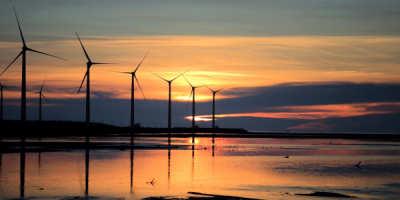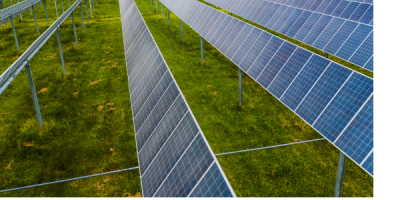
REMA timetable and consultations
In July 2022, government published their First REMA Consultation followed by a Summary of REMA Consultation Responses in March 2023.
A second REMA consultation in autumn 2023 had a continued focus on key REMA challenges:
- To pass through the value of a renewables-based energy system
- To invest at speed to create a renewables based energy system
- To transition from a gas system without Carbon Capture and Storage (CCUS) to a flexible, resilient, decarbonised system
- To operate and optimise a renewable-based system cost effectively
Some REMA reforms may be implemented relatively quickly but those requiring legislation could take longer. Read our response to the second REMA consultation here. We will continue to urge DESNZ, Ofgem and the NESO to ensure fair outcomes for end-users.
REMA End User Forum / REMA End User Challenge Panel
Fair outcomes in REMA 16 February 2023
A main topic of discussion at the first forum meeting was what fair outcomes might look like in REMA. Discussion was informed by a paper - plus a presentation - from Citizens Advice and Sustainability First, which included some strawman principles for fairness in REMA.
REMA fairness presentation Sustainability First and Citizens Advice
Locational signals in wholesale markets 19 April 2023
The aim of the session was to understand different end-user views on possible options for passing through locational signals in wholesale prices to end users. This means consumers being aware that prices may vary by geography.
Discussions focused on the potential responsiveness of different types of end users, the different way signals could be passed through, and fairness.
Flexibility and Retail 8 August 2023
In this session the DESNZ Flexibility and Energy Retail teams sought feedback on the likely impacts for end-users of sharper wholesale and system price-signals on flexibility. Sharper signals mean more accurately reflecting actual wholesale costs, potentially including into retail prices.
Retail prices are in large part a flat p/kWh price - all day every-day. They are ‘smoothed / averaged’ by suppliers.
With more renewable energy wholesale half-hourly prices charged to suppliers can – in principle - veer from £zero/MWh (plentiful energy supplies) to £thousands/MWh (very scarce energy supplies). If this half-hourly wholesale pricing pattern is simply passed-through to an end user directly, that would be called ‘real-time pricing’. While that won't be adopted, from 2026, suppliers will for the first time be directly exposed to half-hourly prices for every single one of their customers.
This means that suppliers will need to match their own wholesale costs far more closely than now with individual customer’s usage patterns. In turn, this could mean that individual end users may have far more direct exposure than today to what it actually costs to supply their electricity.
There is a broad consensus that suppliers should increasingly use retail pricing as a ‘tool’ - to encourage their customers to be flexible and move their usage to times when wholesale prices are lower. But this in turn may raise problems for consumers unable to be flexible or shift their use to different times.
The motive behind the End-User Forum was based on concerns that the impacts on consumers could be very hard on some consumers – not just vulnerable disadvantaged people, but also other groups of consumers such as business, schools, hospitals etc. These consumers, who have less flexibility in how and when they use energy, might end up paying more.
End User Challenge Panel on flexibility and retail (DESNZ slides)
Marginal pricing 5 September 2023
The REMA team outlined far-reaching options that could change the structure of the wholesale market by creating a separate market for renewable energy (and perhaps other low carbon technologies). This could lower prices for renewable energy and feed through more directly into retail prices - while also removing the significant price-setting role played by wholesale gas.
This separate market might be a full "Split Market" (where renewable energy is separated from non-renewable energy) or a "Green Power Pool" where cheaper power generated by renewable energy could potentially be prioritised to more vulnerable customers.
The session included a discussion of the potential benefits and risks of these options for end users, including possible direct access for some customers to lower-priced renewable energy, compared to the current design of a single wholesale market organised around marginal pricing.
What is the wider impact?
We hope in due course the End User Challenge Panel will inform the government’s retail strategy and help address energy affordability for the long-term. Separately, the DESNZ REMA engagement team has also worked with a Market Participant Forum (MPF) to better understand REMA issues from the viewpoint of market-players (energy producers and suppliers, renewables and storage developers).



